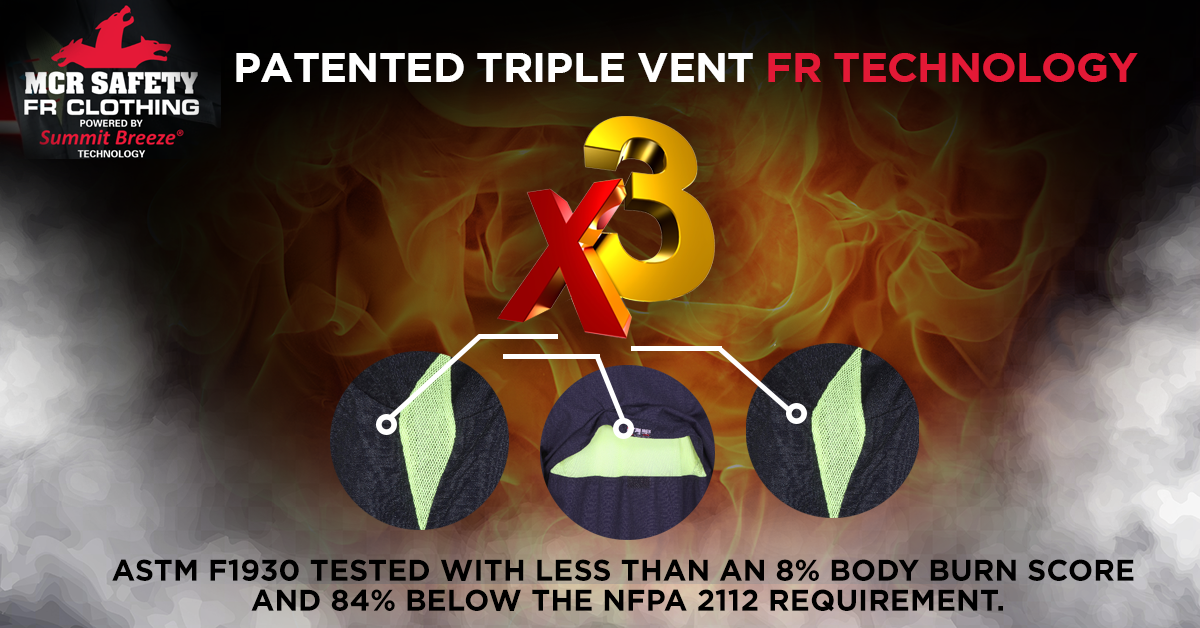Electric Cooperatives Explained
Posted by Anthony Webb on Nov 25th 2024
Electric cooperatives play a crucial role in the electrical sector. They are America's electrical engine, powering 56% of the nation's landmass. Furthermore, according to the National Rural Electric Cooperative Association (NRECA), electric cooperatives currently provide electricity to one in eight Americans living in rural farming communities as well as suburbs and even small cities throughout the United States.
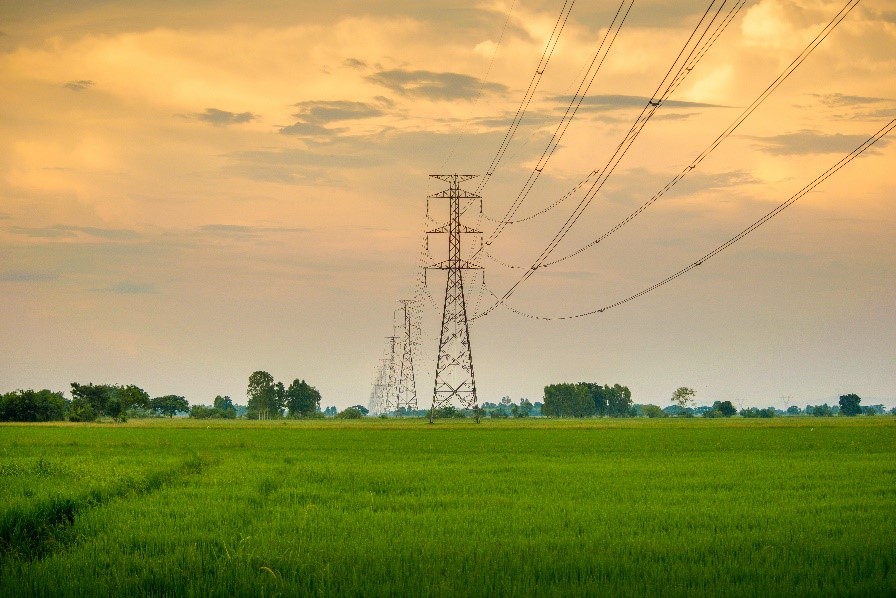
Electric cooperatives power over 20 million businesses, homes, and schools.
By literally empowering rural communities, 42 million people are served reliable electricity daily by electric co-ops. Don't let this accomplishment fool you. It has taken a lot of work and legislation to get the electrical network we have today. Below, we're going to highlight everything you need to know about these essential establishments.
And, since MCR Safety is in the business of protecting those who work for electric cooperatives, we highlight some of the many electrical resources we've created to help keep workers safe.
What Is an Electric Cooperative?
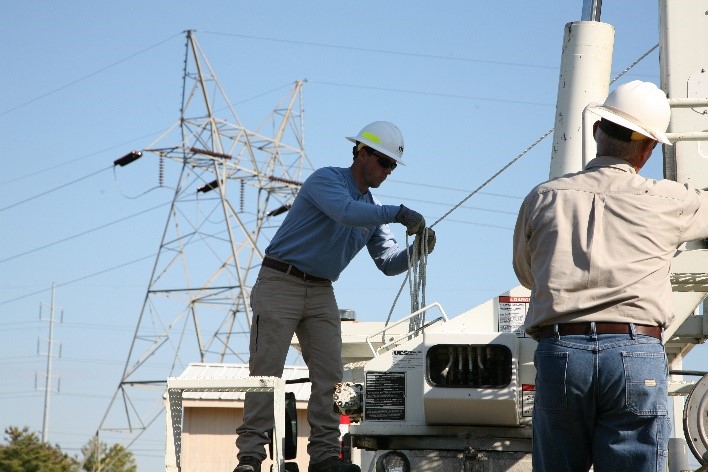
An electric cooperative is a private, nonprofit organization owned by its members or customers. Its principal purpose is to deliver electrical power to the members living in its service area. Electric co-ops are an alternative to commercial utility companies and are governed by an elected board of directors.
Unlike investor-owned utilities (IOU), which are for-profit enterprises, a cooperative functions as a nonprofit and runs on a cost-of-service basis only. Leftover profits in a co-op are invested in the infrastructure or paid out as dividends to its members. Here are some of the additional advantages of joining a local electric co-op:
- As a member, you're not just a customer but an owner. Members are nominated to positions and voted on annually by the entire membership. They have equal status and influence, participate in policymaking, and work together to improve sustainability and the good of their community.
- Cooperatives are service-based, not profit-based.
- Cooperatives are focused on the community rather than on sales objectives.
Co-ops were not always an option for people. It's been a long journey to get here, and that evolution is covered in our next section.
Electrical History

Unfortunately, in the early 20th century, power companies found little to no economic advantage in servicing ignored rural areas with electricity. Running power lines and the cost of upkeep to rural areas meant that much of the land was without electricity In the mid-1930s, during the Great Depression, nine out of ten rural homes were without electric service. However, things began to change with President Roosevelt's "New Deal" to help America recover from the Depression. With the passage of the Tennessee Valley Authority (TVA) Act on May 18, 1933, the TVA Board was authorized to construct transmission lines that would serve farms with electricity at reasonable rates.

The New Deal's public works project across Tennessee
Creating the TVA was the first step of many that would improve the overall electrical infrastructure in the U.S. and lead the way to electric cooperatives. Here are some key dates:
- In 1935, President Roosevelt established the Rural Electrification Administration (REA) and passed the Rural Electrification Act a year later, which initiated a lending program for this work. As investor-owned utilities continued to leave sparsely populated rural areas without service, farmer-based electric cooperatives applied for these loans and eventually made rural electrification a reality.
- In 1937, the REA drafted the Electric Cooperative Corporation Act, enabling states to form and operate not-for-profit, consumer-owned electric cooperatives. As a result, more than 90% of U.S. farms had electricity by 1953. Today, REA is called the Rural Utilities Service (RUS) and is part of the U.S. Department of Agriculture.
In 1942, America's electric cooperatives formed the National Rural Electric Cooperative Association (NRECA) to provide a unified voice for cooperatives and to represent their interests in Washington, D.C. The organization has brought electric power to more than 120 million people in 43 developing countries through NRECA International. NRECA represents more than 900 consumer-owned, nonprofit electric cooperatives, public power districts, and public utility districts in the United States, and today almost 100% of America's farms have electrical service.
Top U.S. Establishments
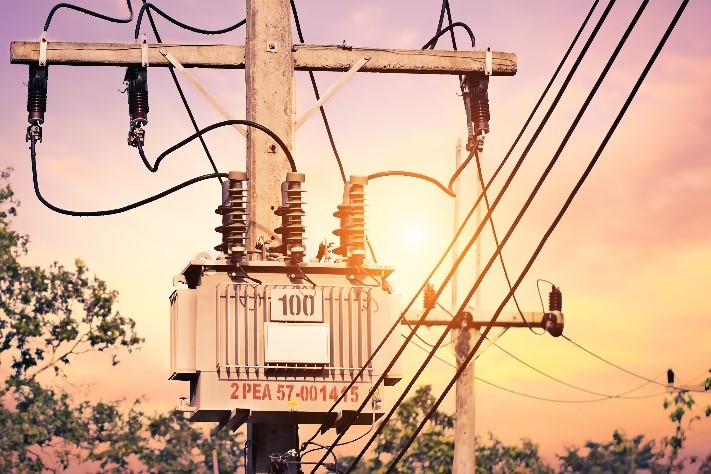
Two types of electric cooperatives exist: distribution cooperatives and generation and transmission (G&T) cooperatives. There are a total of 834 co-ops that make up the cooperative distribution network in the U.S. and another 63 G&T co-ops. The largest electric organization in the country is Texas-based Pedernales Electric Cooperative. Established in 1940, PEC serves more than 271,000 electrical meters in an 8,100-square-mile service area reaching all or parts of 24 central Texas counties.

Providing electricity is not a small undertaking.
Other top co-ops include:
- Appalachian Electric- Established in 1940 with monies borrowed through the REA to acquire current electric facilities in the area, the Appalachian Electric Cooperative ensures that approximately 80 cents of every dollar they bring in goes to power.
- Arkansas Electric - Established in 1949 and based out of Little Rock, the AECC delivers power for more than 500,000 members of Arkansas' 17 electric distribution cooperatives.
- Blue Ridge Electric- Established in 1940 with 1,680 members inherited from the South Carolina Rural Electrification Authority, Blue Ridge now serves almost 66,000 members over 6,900 miles of power line.
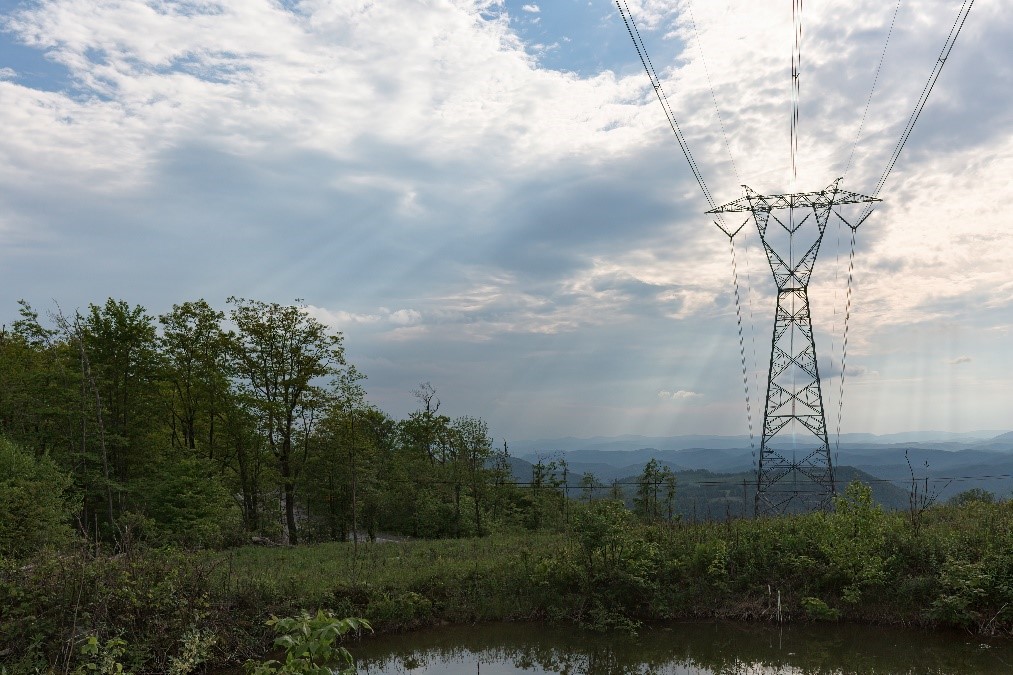
- Electrical lines running along the Blue Ridge Mountains
- Boone Electric - Established in 1936 as the first rural electric cooperative in Missouri, today, the co-op has more than 30,000 connected services in Boone County and portions of Randolph, Audrain, Monroe, Howard, and Callaway counties.
- Central Florida Electric - Established in 1939, CFEC has over 35,707 active services in six counties in north-central Florida, including Dixie, Gilchrist, Levy, and portions of Alachua, Lafayette, and Marion Counties.
- Central Virginia Electric - Established in 1937, CVEC serves over 36,000 homes and businesses in parts of 14 counties in central Virginia.
- Coastal Electric - Established to provide electric service to coastal Georgia in Bryan, Liberty, Long, and McIntosh counties, Coastal Electric is a part of the Touchstone Energy Cooperative.
- Cullman Electric - Established in 1936 by 14 Cullman County farmers to provide electricity to the Alabama community, Cullman Electric is the second co-op in the state to incorporate and the first to energize its lines.
- Lee County Electric Cooperative - Established in 1940, LCEC is headquartered in North Fort Myers, Florida, and serves a five-county service territory in southwest Florida.
- Rappahannock Electric- Established in 1980 after the consolidation of two cooperatives, the Virginia Electric Cooperative in Bowling Green and the Northern Piedmont Electric Cooperative in Culpeper, REC provides electric service to nearly 170,000 connections in portions of 22 Virginia counties.
- Shenandoah Valley Electric- Established in 1936 as the first electric cooperative chartered in Virginia, SVEC maintains over 8,100 miles of electric lines and serves more than 97,000 member accounts in Augusta, Clarke, Frederick, Highland, Page, Rockingham, Shenandoah, and Warren counties and the city of Winchester.

- Shenandoah
- Texas Electric Cooperatives - Established in 1941, TEC represents 75 electric cooperatives with over three million members throughout Texas.
Electric Utility Cooperative Jobs

In 2017, the NRECA reported that electric cooperatives supported more than 611,600 jobs. From field services representatives to electrical contractors to electrical engineering personnel and linemen, electric cooperatives are always looking for qualified job candidates, and co-ops pay competitive salaries.
To find a job at an electric cooperative, you can search "rural electric cooperative jobs" on job-search engines like Indeed. There you will find a wide selection of job openings. You might also visit the NRECA Cooperative Career Center for job openings.
For additional information on electrical linemen, check out our article, Electrical Contractors and Lineman Jobs.
Common Questions

Here's a list of common questions people have regarding electric cooperatives:
How do electric cooperatives help communities?
- Electric co-ops provide renewable energy projects to rural communities—and offer resulting benefits such as new tax revenue to fund essential local services, direct payments to landowners, and new jobs to small towns and rural areas. Also, they deliver cheap, clean, renewable power for homes and small businesses.
How do electric cooperatives work?
- Electric co-ops are tax-exempt nonprofit businesses owned and operated by members, who are also consumers of the services provided. The federal government ratified the cooperative model so rural Americans could have electricity in their homes and businesses at reasonable rates. Unlike commercial utilities, cooperatives focus on service rather than profits. Each member is allotted a number of capital credits based on consumption, which is called patronage. Members are usually required to "invest" in the cooperative by paying an initial registration fee and then provide continuous capital by paying for electricity.
What states have electric cooperatives?
- The NRECA estimates there are more than 900 electric cooperatives across the United States, American Samoa, and Washington, D.C. This number includes both distribution and generation electrical outfits. We've covered some of the largest cooperative establishments above. If you don't see one in your area, you can search for the organization's cooperative directory to find a local co-op here.
Who regulates electric cooperatives?
- Rural electric cooperatives (RECs) distribute reliable, affordable electricity by purchasing electric power at wholesale prices and delivering it directly to the consumer. These distribution cooperatives then form generation and transmission (G&T) cooperatives to pool purchasing power for wholesale electricity. The G&T organizations provide wholesale power to their member-owners either by purchasing it or by generating electricity themselves.
Are electric cooperatives cheaper?
- Let's put it this way: In 2017, co-op sales growth rates generally surpassed that of the electric utility industry as a whole. Co-ops generated 5% of total U.S. electricity and sold 13% of all U.S. electricity. In doing so, they returned more than $1.1 billion in excess revenue to their consumer-members.
Worker Safety
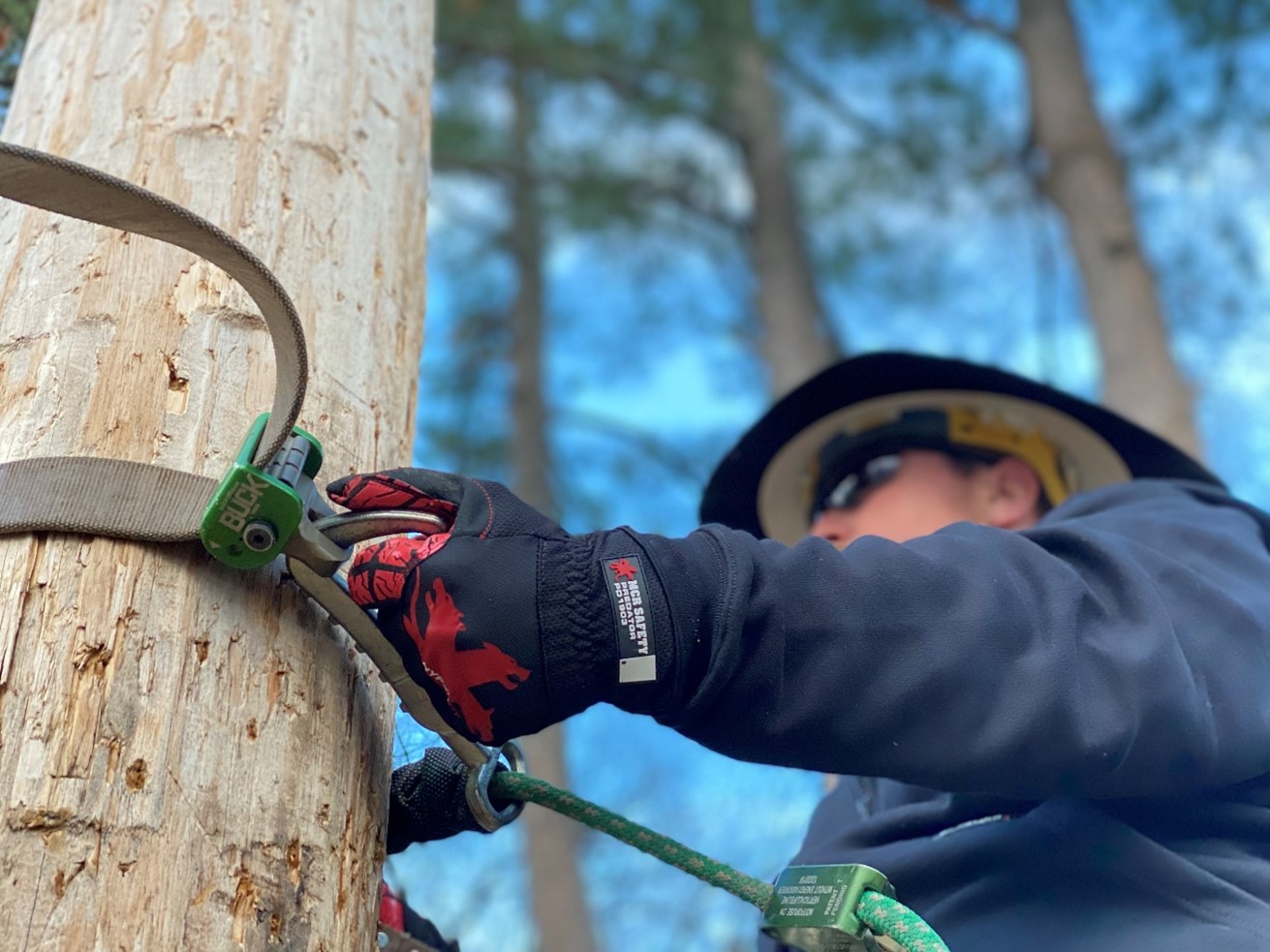
Like most industries, safety is an essential topic for cooperatives. However, for electrical workers working with live electricity, not practicing safety can quickly result in loss of life. Electric cooperatives adopted a " culture of safety" in 2007 to create greater awareness about safety concerns in the industry. The resulting Speak Up, Listen Up program empowers anyone who sees a potentially unsafe situation to report it, which inspired a 30% decline in the number of accidents over the next nine years.
Electric cooperatives support the Rural Electric Safety Achievement Program (RESAP), working with representatives from state safety associations, distribution and G&T cooperatives, and the Federated Rural Electric Insurance Exchange to ensure workplace safety. The program creates a culture of safety by offering safety performance measures, safety improvement plans, self-assessment guides, safety presentations, podcasts, and more to America's electric cooperatives.
MCR Safety's Electrical Resources
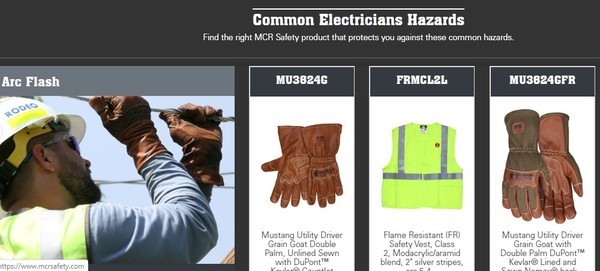
Where does MCR Safety come into the picture? At MCR Safety, we protect those with jobs in an electric cooperative. We produce high-quality PPE that protects them from the unique electrical workplace hazards they face. Here are several online resources we've created for electrical workers:
- Electrician Page – Here, we highlight hazards, PPE, and much more.
- Electric ARC Info – We break down everything you need to know about NFPA 70 and electric arc performance.
- 70E Breathable FR Clothing– Electrical workers and utility linemen have access to the market's only triple-vented FR clothing.
MCR Safety is the only manufacturer of triple-vented FR clothing.
Electrical workers wear MCR Safety's triple-vented FR clothing all over the United States. Protection from arc flashes is essential, and so is staying cool from heat stress.
MCR Safety's Utility Protection
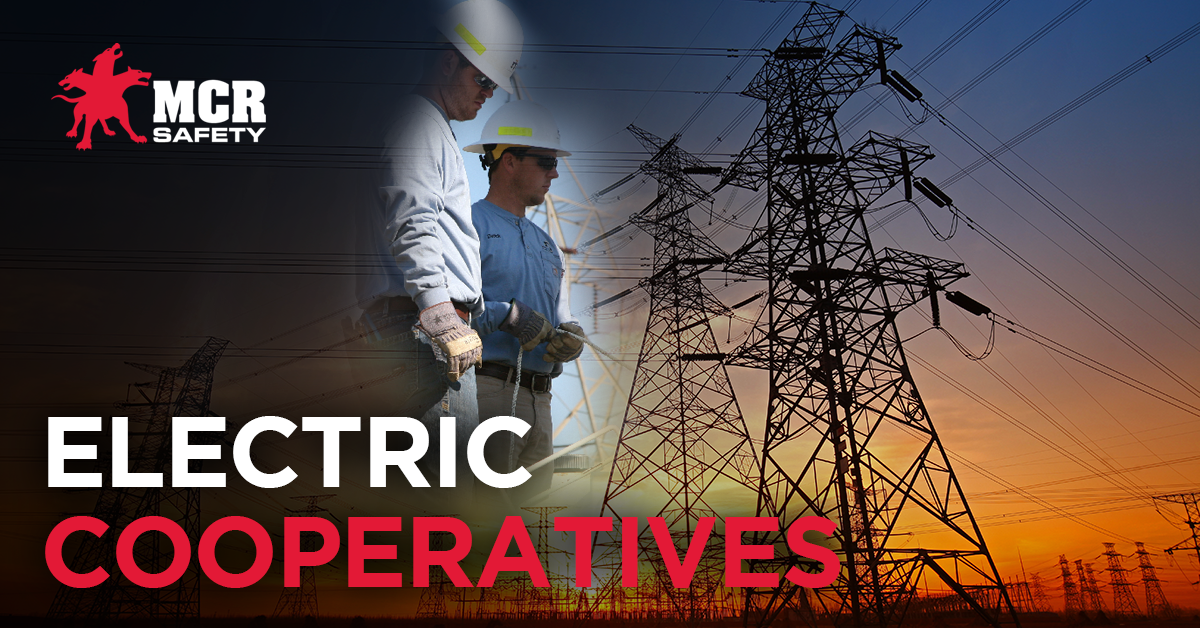
Electric cooperatives power the electricity, and MCR Safety powers the protection. From arc-rated rain gear to safety glasses, arc-rated FR clothing to leather gloves backed with FR Nomex® fabric, MCR Safety keeps those working around electrical hazards safe.
Click here to Request a Quote!
We welcome any comments, feedback or suggestions for how we can best protect people at work.
For over 45 years, MCR Safety has proven to be a world leader in gloves, glasses, and garments. Whether it's on the shop floor, an oil rig, or a construction site, we are there providing solutions to workplace hazards. It's all part of our commitment to protect people.
No matter your industry, we have the personal protective equipment you need.

Learn more about MCR Safety by checking out our most recent video. For more information, browse our website, request a catalog, find a distributor, or give us a call at 800-955-6887.


